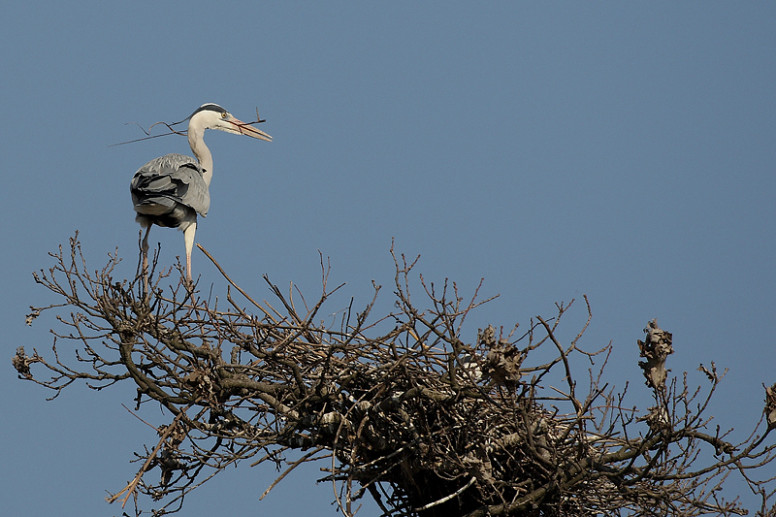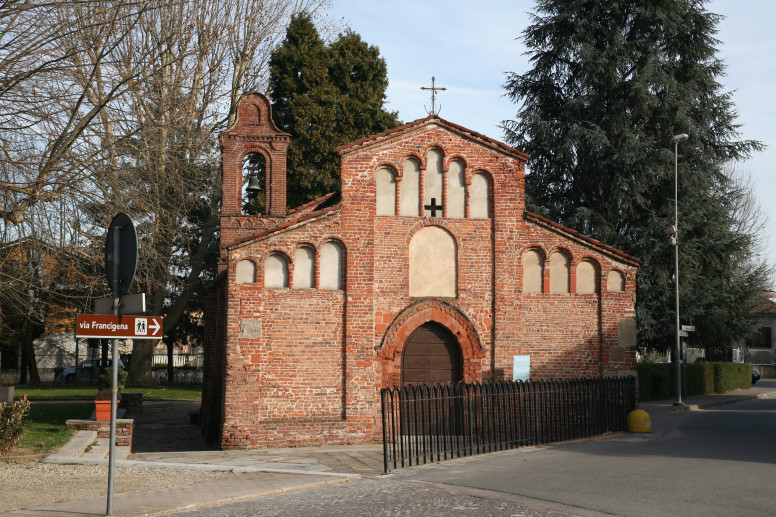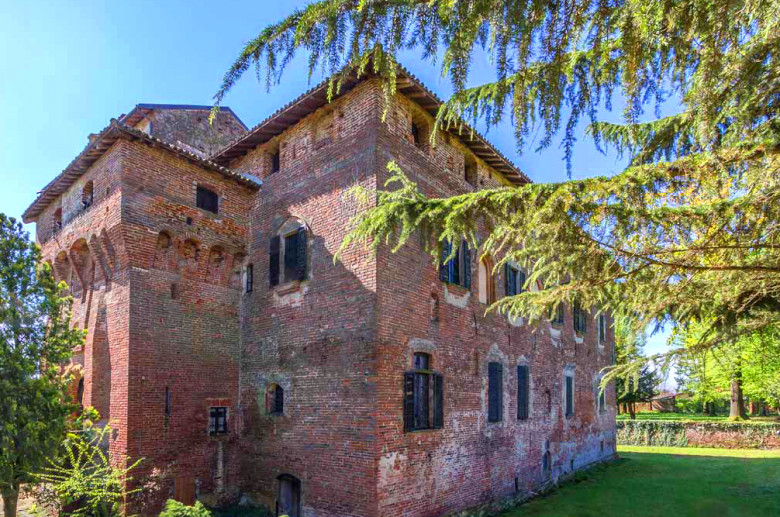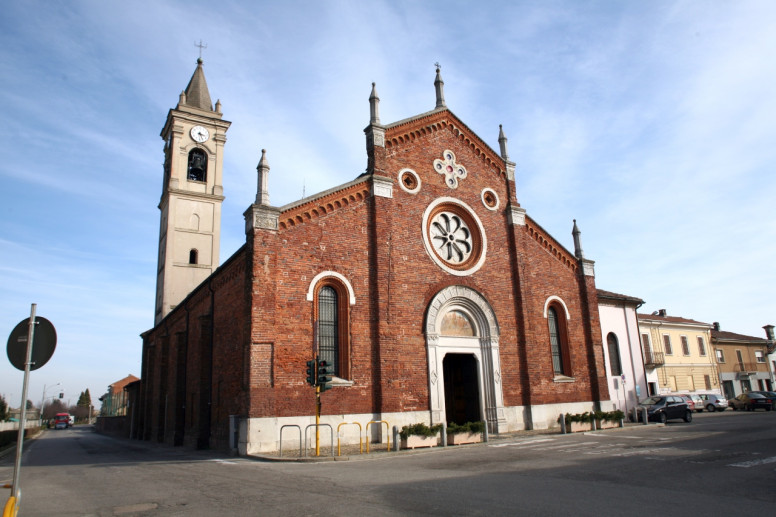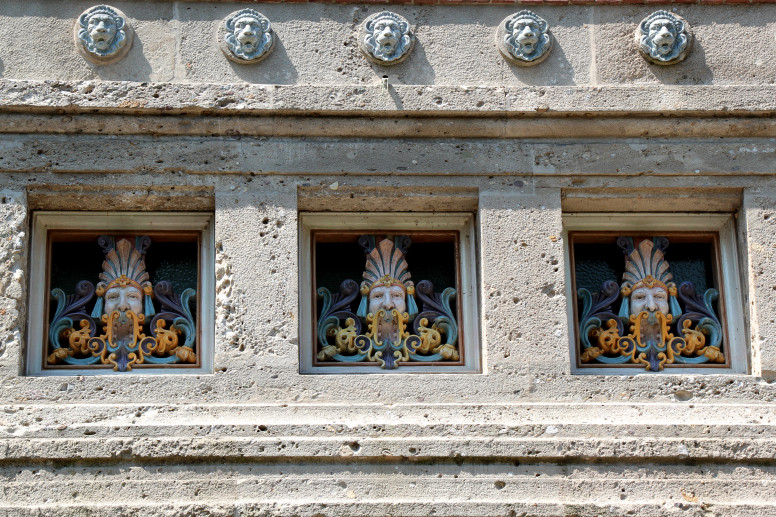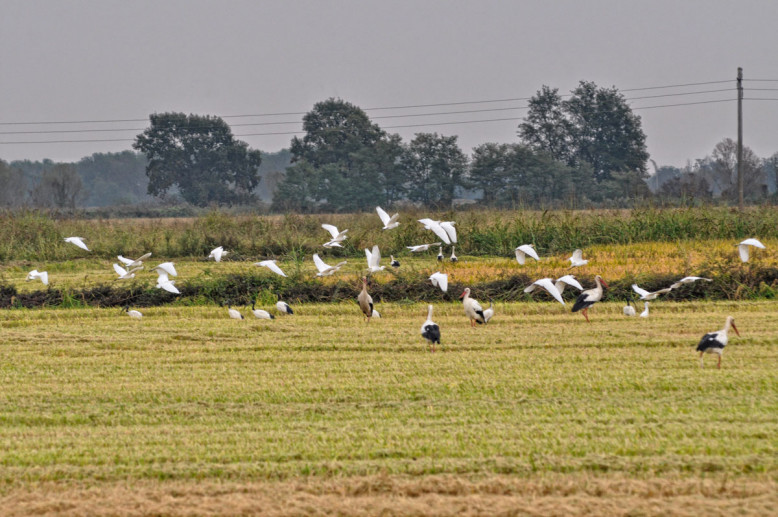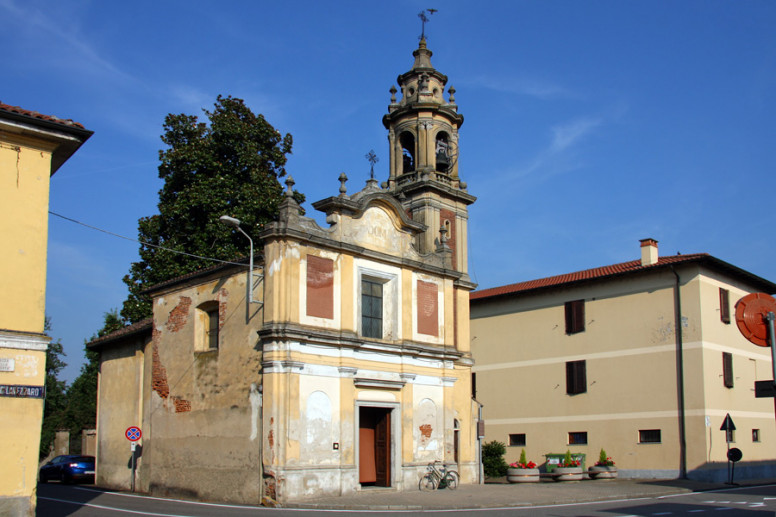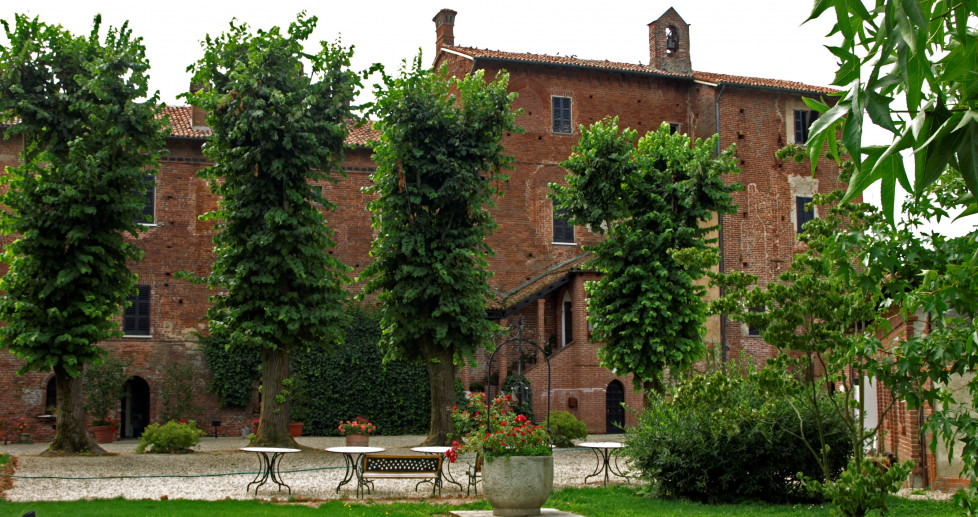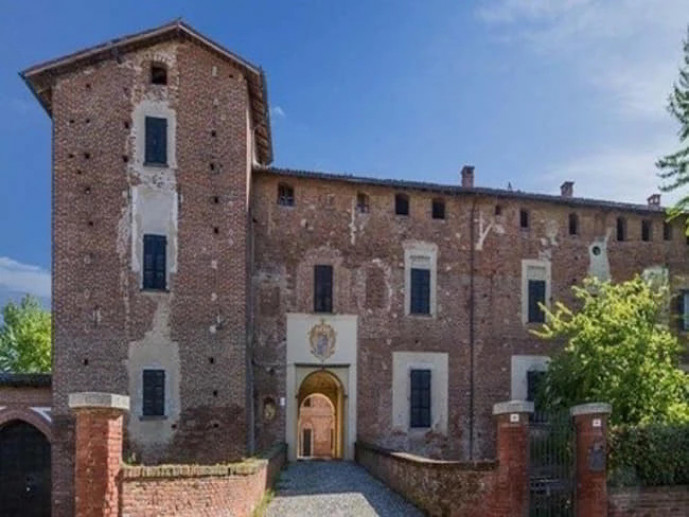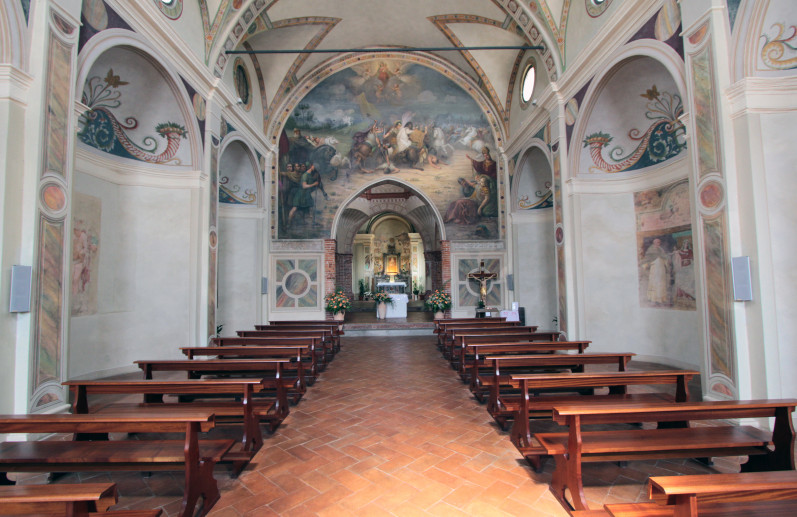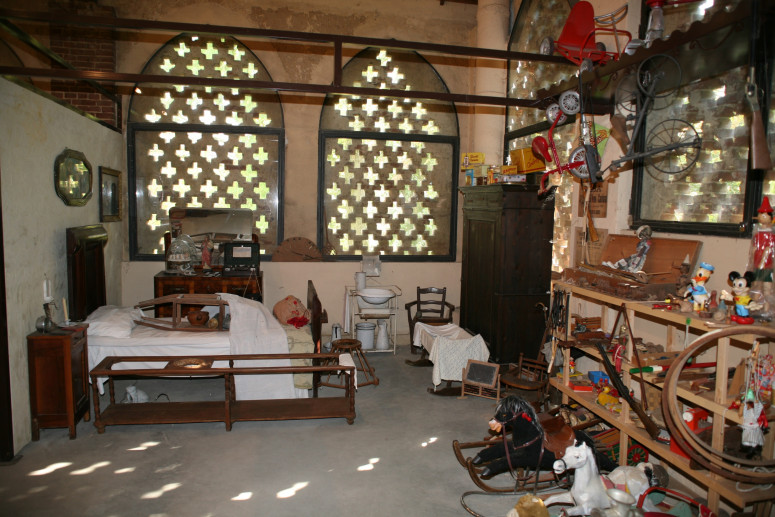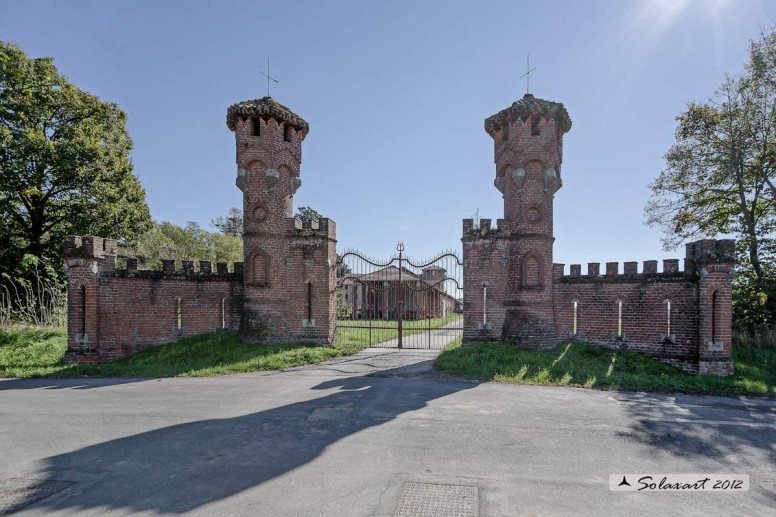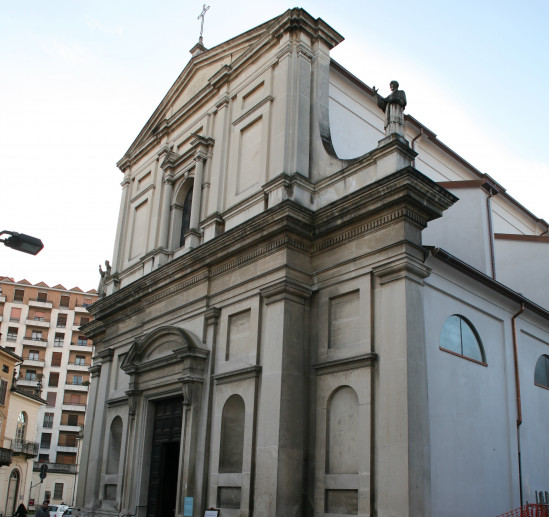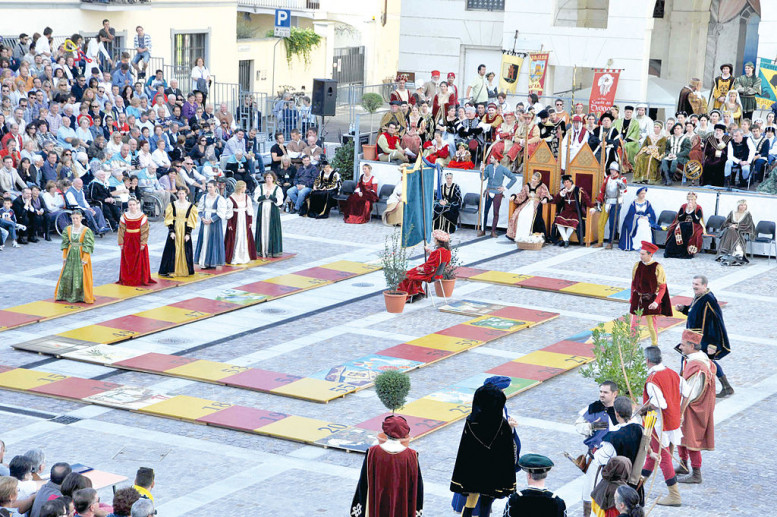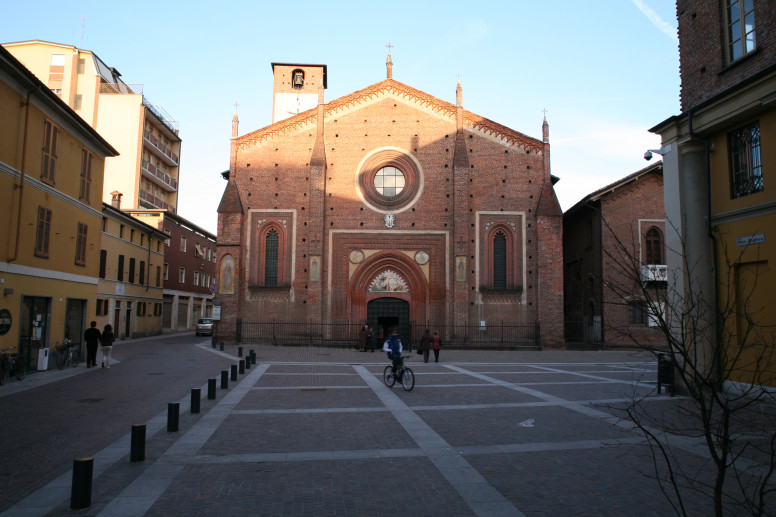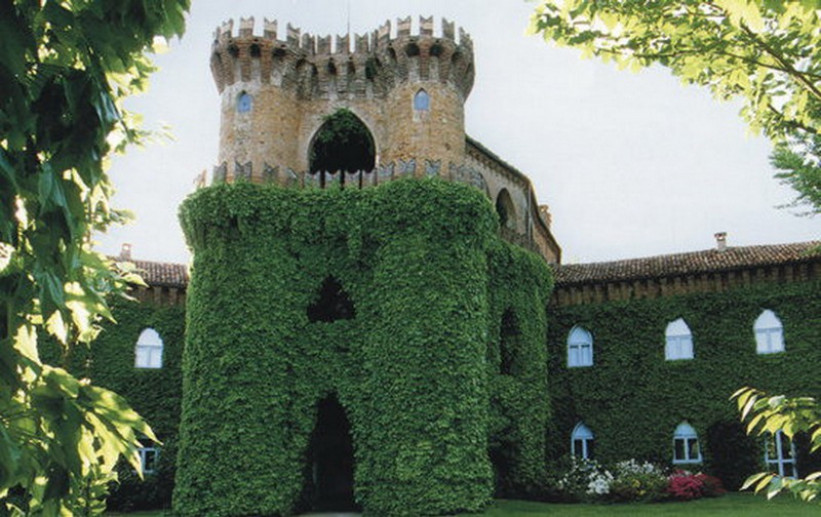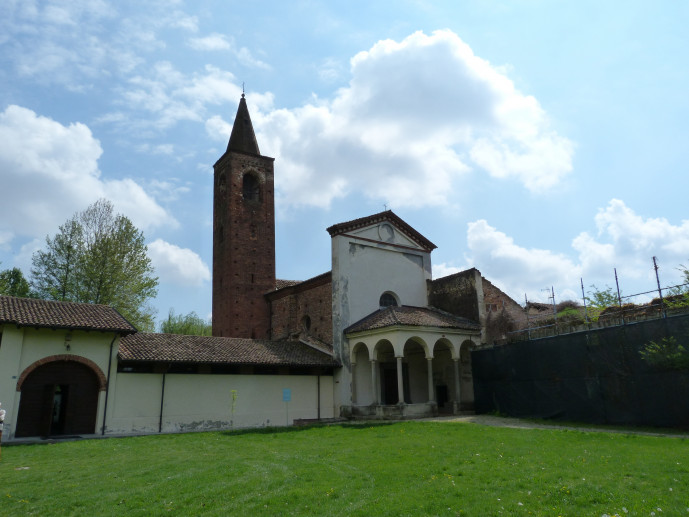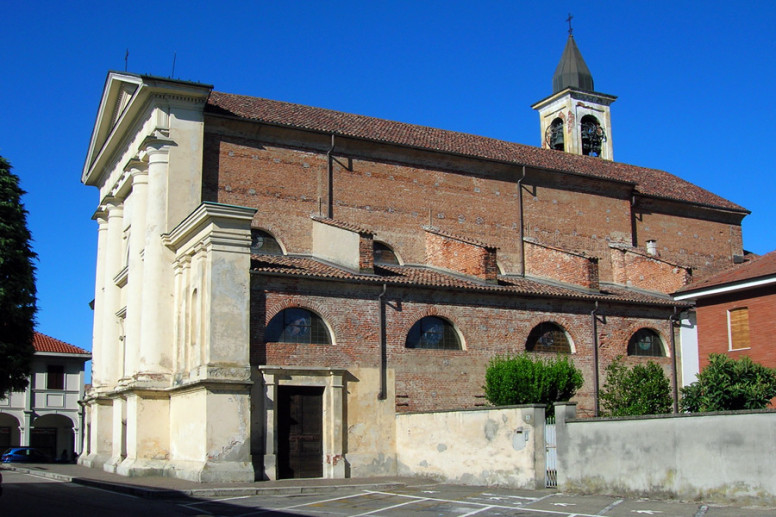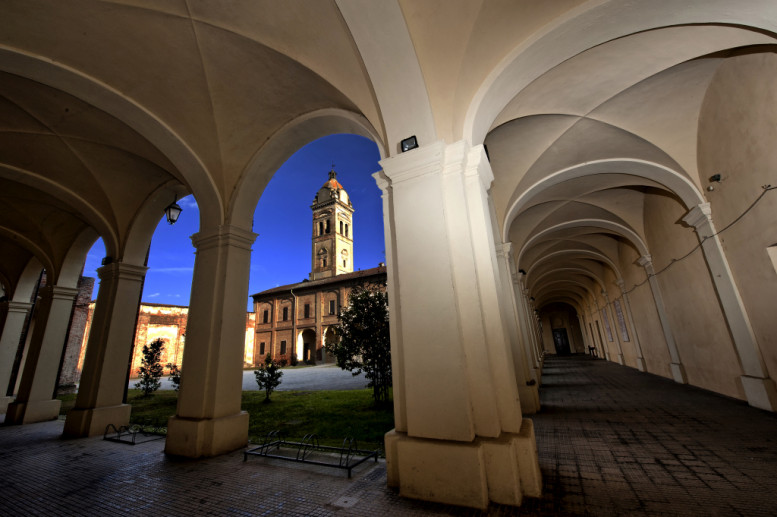- Villages
- Art & Culture
Rosasco
The municipality of Rosasco is located in the western Lomellina, not far from the left bank of the Sesia River.
In Rosasco, rice cultivation gives its peculiar characteristics to a rural world that has written and continues to write the history of this territory. The environmental geography is therefore formed by a single morphological area, following a pattern in which the vast countryside is flat and uniform, with a dense network of ditches and canals delimiting the fields and various properties. The advantages derived from a rational distribution and use of water are accompanied by those provided by new, increasingly efficient and sophisticated machines: the farmer has reached excellent production levels thanks to the intense mechanization and modernization of his farms, acquiring entrepreneurial and technological skills that allow him to maintain a high competitive capacity. The generational turnover has seen young farmers increasingly focused on innovation and experimentation.
The "Cerchiara"
It is a vast swampy basin, extending over about 20 hectares in the territory of Rosasco and an equally large area in the nearby locality of Celpenchio, from which the heronry takes its name. The heronry represents a splendid and unspoiled natural park, where, alongside the lush variety of plant life, numerous species of birds and other animals can enjoy an extraordinary habitat with guaranteed hospitality.
The Castle of Rosasco
Built towards the end of the 9th century, the Castle of Rosasco is one of the oldest military structures in Lomellina. It is a vast fortified system, still recognizable in its perimeter, although it suffered a severe devastation in 1630 by the French led by Crequi, followed by the complete destruction of the walls by the Savoy troops in 1643. Today, only two towers remain visible and very well preserved, thanks to careful restoration work. One tower is the impressive "Torre del Consegno" (so named for its use, during the Napoleonic period, as a place to call the young men of the area to enlist), which faces the east side of the village square, and the tall, slender Ghibelline tower, with an unusual rectangular shape, rising 25 meters in the highest part of the historic center. Both towers are open to visitors: in particular, from the top of the second, one can enjoy a stunning view of Rosasco and the surrounding territory.
Within the ancient perimeter of the Castle, facing the large area of the churchyard, which gently slopes down with its cobblestone path toward the center of the village square, stands the imposing Parish Church, built in 1496 on the foundations of the original Chapel of the Court. The building, with a rectangular layout and two side chapels, incorporates one of the medieval towers connected to the Castle on the southeast side; inside, the spaces are marked by a double row of powerful cylindrical brick pillars, giving the environment a sense of strength and solemn severity. Among the numerous works of art preserved inside, a splendid oil painting on wood by Bernardino Lanino (late 16th century) stands out on the right wall; also worthy of mention is a fine wooden Crucifix from the same period and, in the sacristy, a significant fresco from an earlier time of considerable quality. The entire building was restored and secured with a series of appropriate conservation interventions between 1986 and 2005. It is dedicated to Santa Maria and the patron saint of Rosasco, Saint Valentine.
The Church of San Giuseppe
Also facing the same churchyard is the Church of San Giuseppe, built during the 17th century. It is characterized by a single nave with a presbytery and a semicircular apse, and a tall bell tower. It belonged to the "Confraternity of San Giuseppe," active until 1870. Over the years, it has undergone several alterations, but these have not taken away the subtle charm that makes it so different from the nearby Parish Church.
